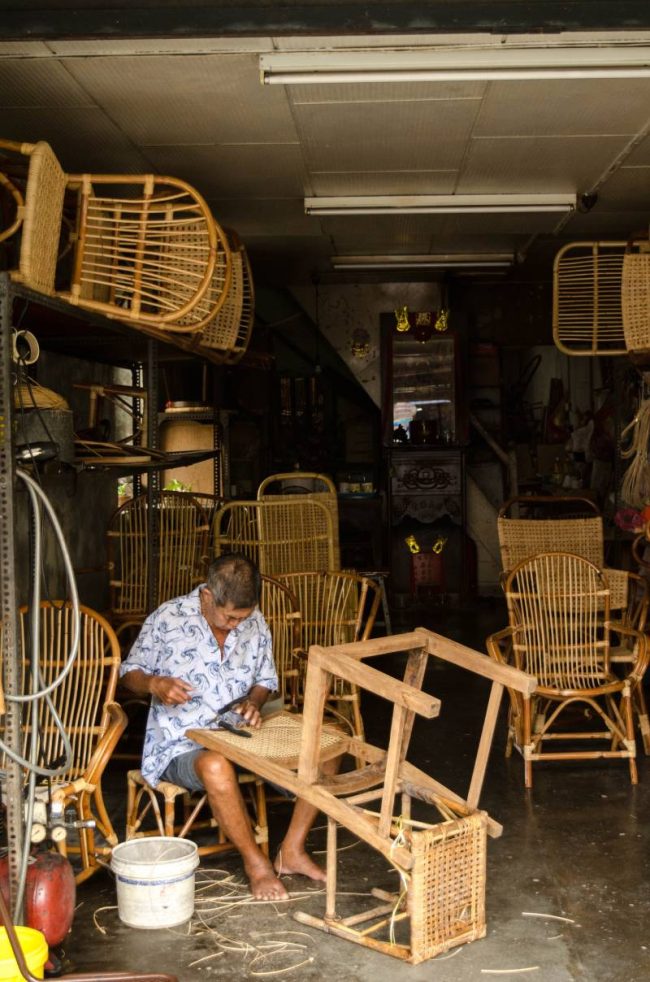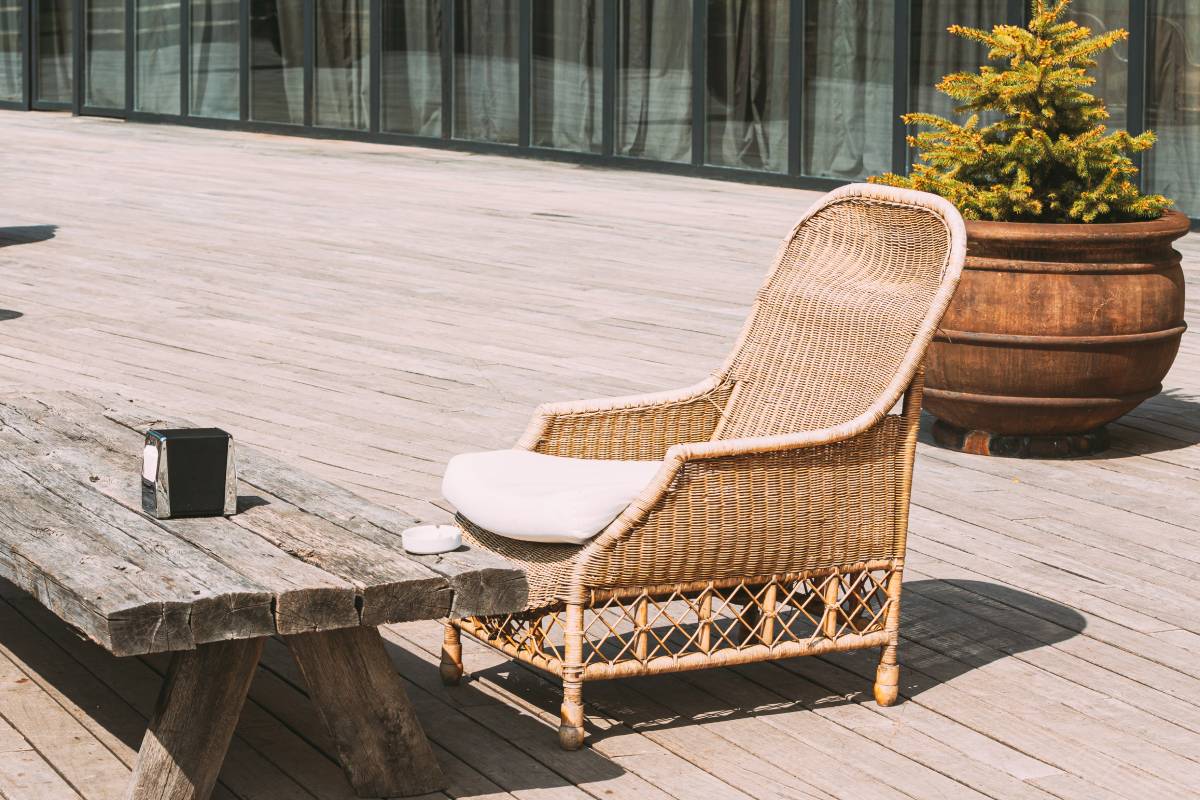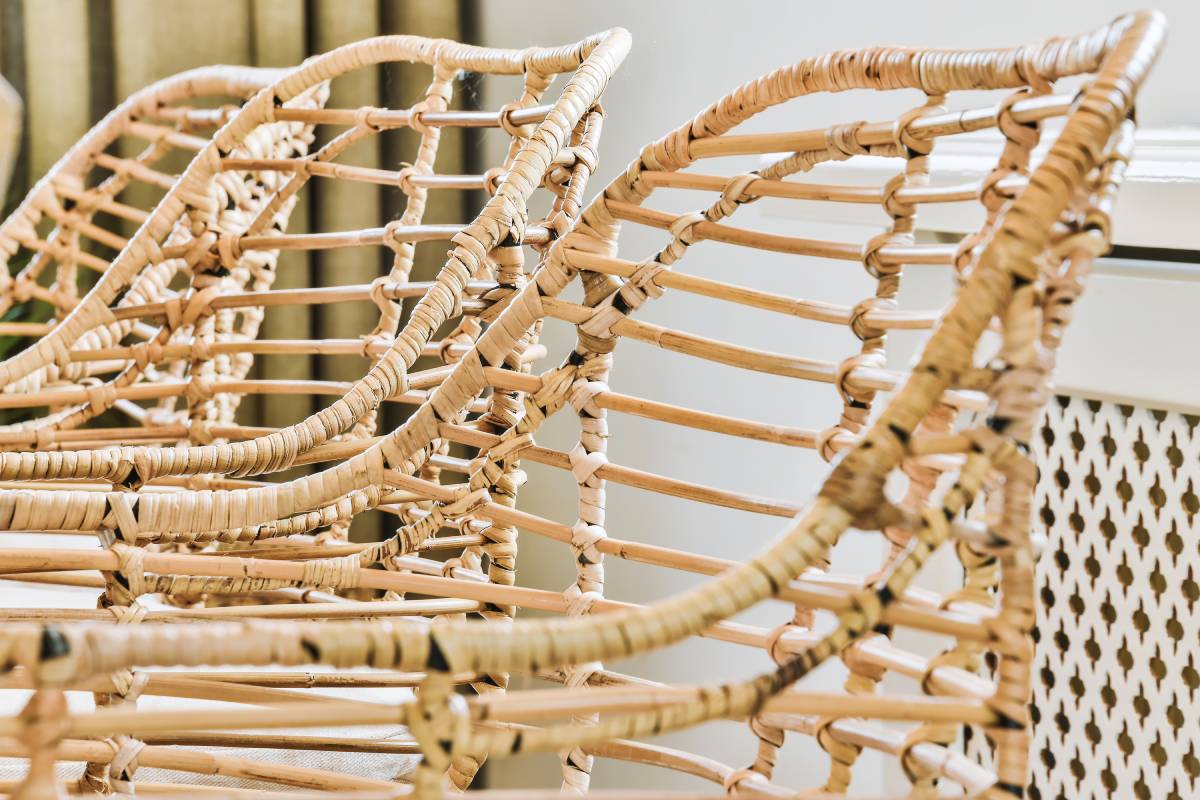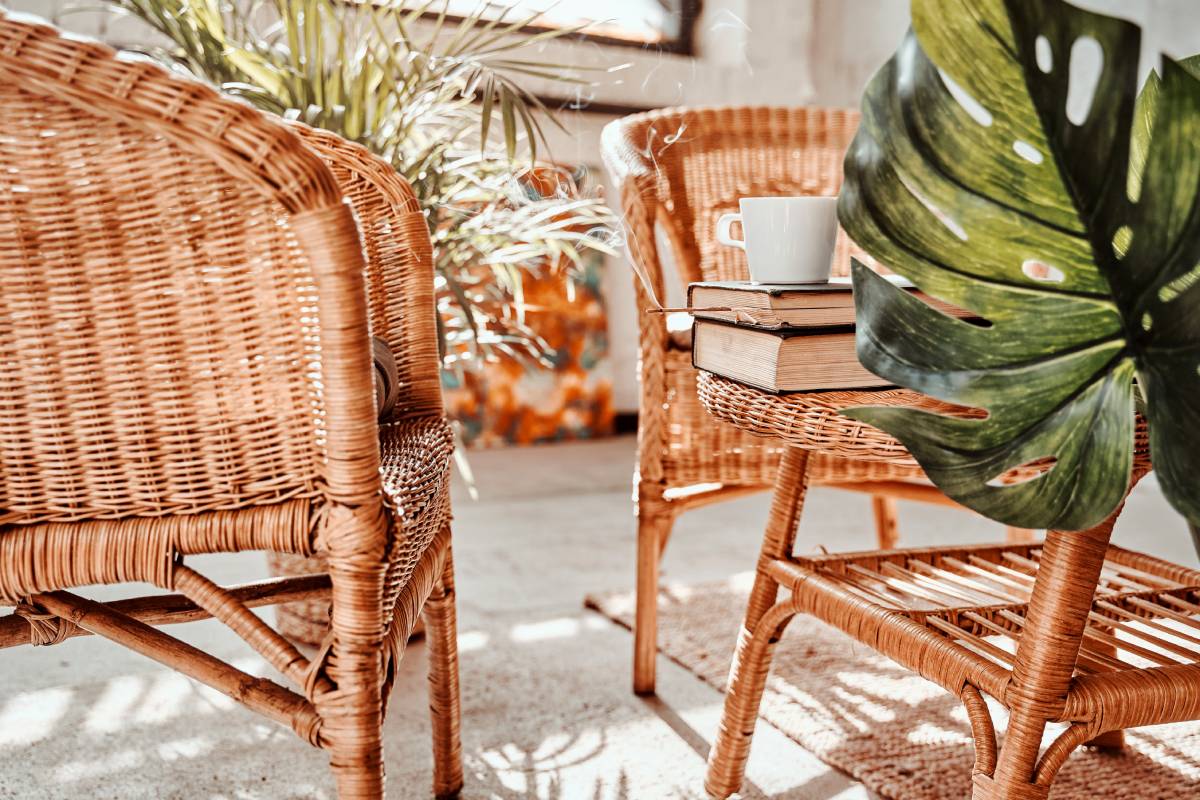What is rattan in furniture? Its pros and cons? How to keep my rattan furniture last longer? Is it expensive in Australia? Click here for more
Rattan furniture is a popular choice for homeowners and interior designers due to its natural charm and timeless appeal. This versatile tropical vine has been transformed into exquisite pieces of furniture that can be used both indoors and outdoors.
In this article, we delve into the multifaceted world of rattan furniture, exploring its pros and cons, maintenance tips, and even its market dynamics in regions like Australia. Join us as we uncover the secrets to preserving the beauty and longevity of rattan furniture while navigating its unique characteristics and appeal.
What is rattan in furniture?
Rattan is a type of climbing palm vine that grows in tropical regions. It’s widely used in furniture making due to its durability, flexibility, and natural aesthetic. The outer skin of the rattan vine is typically stripped and used for weaving, while the inner core is used for various structural components.
Rattan furniture can range from chairs and sofas to tables and bed frames, and it’s often used both indoors and outdoors. It’s known for its lightweight yet sturdy construction, making it a popular choice for both residential and commercial settings.
What are the pros and cons of rattan furniture?
Rattan furniture has several pros and cons:
Pros

- Natural Aesthetic: Rattan furniture adds a natural and organic feel to any space, enhancing its overall aesthetic appeal.
- Lightweight: Rattan is lightweight compared to many other materials used in furniture making, making it easy to move around and rearrange.
- Durability: When properly cared for, rattan furniture can be quite durable and long-lasting.
- Versatility: Rattan can be woven into various intricate designs, allowing for a wide range of furniture styles to be created.
- Suitable for Indoor and Outdoor Use: Rattan furniture is often treated to withstand outdoor conditions, making it suitable for use in both indoor and outdoor settings.
- Eco-Friendly: Rattan is a sustainable material, as it grows rapidly and can be harvested without causing harm to the environment.
Cons
- Susceptible to Damage: While durable, rattan furniture can be susceptible to damage from moisture, humidity, and direct sunlight if not properly cared for.
- Requires Maintenance: Rattan furniture may require regular maintenance, such as cleaning and occasional resealing or varnishing, to keep it looking its best.
- Limited Color Options: Rattan typically comes in natural shades such as brown or tan, which may limit colour choices for those seeking more vibrant or varied options.
- Potential for Mold and Mildew: If exposed to high levels of moisture, rattan furniture can develop mould and mildew, especially in humid climates.
- Not as Sturdy as Some Materials: While rattan is strong, it may not be as sturdy or robust as materials like metal or solid wood, particularly for heavy-duty use.
- Price: High-quality rattan furniture can be quite expensive, especially when compared to synthetic alternatives.

How to keep my rattan furniture last longer?
To keep your rattan furniture in good condition and prolong its lifespan, follow these tips:
- Keep it Clean: Regularly dust your rattan furniture with a soft brush or cloth to remove dirt and debris. You can also use a vacuum cleaner with a brush attachment for thorough cleaning.
- Avoid Moisture: Rattan is susceptible to damage from moisture, so keep it away from areas with high humidity or direct exposure to water. Wipe up spills immediately, and avoid placing wet items directly on the furniture.
- Protect from Sunlight: Prolonged exposure to direct sunlight can cause rattan to fade and become brittle. Place your rattan furniture away from windows or use curtains, blinds, or UV-protective coatings to shield it from the sun.
- Use Cushions and Covers: Cushions and covers not only add comfort but also provide additional protection for your rattan furniture. Choose cushions with removable, washable covers for easy cleaning.
- Apply Protective Coatings: Consider applying a protective sealant or varnish to your rattan furniture to help shield it from moisture and UV damage. Be sure to use a product specifically designed for rattan or natural materials.
- Rotate and Rearrange: To prevent uneven wear and tear, periodically rotate or rearrange your rattan furniture. This helps distribute weight and minimizes the risk of individual pieces becoming overstressed.
- Store Indoors During Harsh Weather: If possible, store your rattan furniture indoors during harsh weather conditions such as heavy rain or snow. If storing outdoors is unavoidable, use furniture covers or tarps to protect it from the elements.
- Inspect Regularly: Check your rattan furniture regularly for any signs of damage or wear, such as loose or fraying strands. Promptly repair any minor issues to prevent them from worsening over time.

Are rattan furniture expensive in Australia?
The cost of rattan furniture in Australia can vary depending on factors such as the quality of materials, craftsmanship, brand, and design complexity. Generally, rattan furniture tends to be on the higher end of the price spectrum compared to some other materials due to its durability, natural appeal, and often intricate handcrafted designs.
In Australia, you can find rattan furniture at various price points to suit different budgets. Higher-quality pieces crafted from premium rattan may come with a higher price tag, while more budget-friendly options made from synthetic rattan or lower-grade materials may be available at a lower cost.
Additionally, factors such as shipping fees (if purchasing online) and any import taxes or tariffs on rattan furniture imported from other countries may also affect the overall cost.
It’s a good idea to shop around and compare prices from different retailers to find the best value for your budget. Keep in mind that investing in higher-quality rattan furniture may pay off in the long run, as it tends to be more durable and long-lasting.
Conclusion
As we come to the end of our exploration of rattan furniture, it’s clear that this timeless material offers a blend of beauty, durability, and versatility. From its eco-friendly credentials to its ability to seamlessly blend into a variety of design aesthetics, rattan remains a beloved choice for furniture enthusiasts worldwide. Homeowners can ensure their rattan pieces grace their living spaces for years to come by embracing proper maintenance techniques and understanding its unique qualities.
Whether you’re basking in the sun on a rattan patio set or adding warmth to a cozy living room with intricately woven chairs, rattan continues to weave its way into our hearts and homes, standing as a testament to nature’s enduring elegance.
